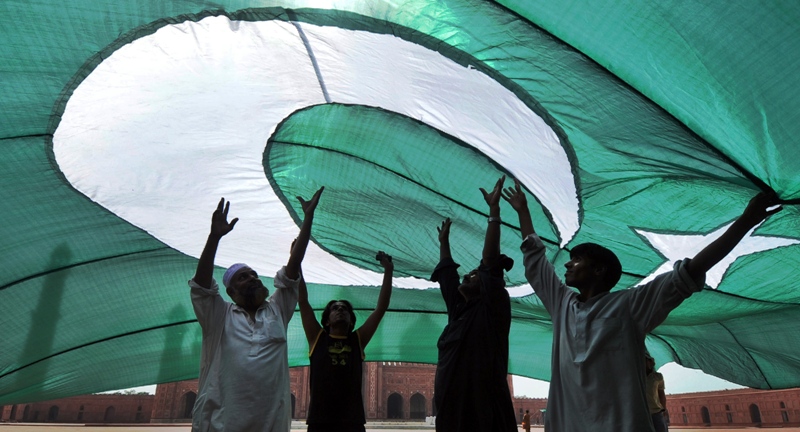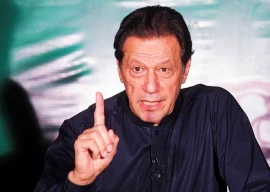
In 2015-16, education was the second-largest head of expenditure in the current budget, receiving almost 22 per cent of the total. In the next two budgets, the sector slid to the third position. The share in 2017-18 is down to 18.9 per cent. The revised budget of 2016-17 shows an underutilisation of six per cent of the budgeted amount. Within the current budget, primary education is the largest claimant. The allocation in the budget for 2017-18 is Rs15.9 billion, which is 42 per cent higher than the previous budget. Curiously, it is only 1.3 per cent higher than the revised budget. The revised budget overshot the budget by 40.2 per cent, a rare happening, especially in the case of primary education. An upgrade of schools and teachers, besides creation of thousands of new posts, will make a difference only if it does not land up with “ghost” workers. Since 2015-16, the expenditure on tertiary education has increased by 90 per cent, while primary education experienced an increase of only four per cent. As a result, the share of primary education in the education budget is nearly stagnant and that of tertiary education risen rapidly. This is a clear case of misplaced priorities.
The development budget for education follows the pattern of the current budget. With a share of 11.2 per cent, it is the third-largest item of expenditure in the budget for 2017-18. The revised estimate for the previous year overshot the budget estimate by 82.3 per cent. The budget allocation for 2017-18 is less than the revised estimate of 2016-17 by 18.7 per cent. There is an increase of only 4.3 per cent over the expenditure in 2015-16. Within the development expenditure on education, the largest claimant is the tertiary education with a share of 51.8 per cent. In contrast, primary education gets 25 per cent. Again, all revised estimates for the previous year overshot the budget, but the margin was the lowest for primary education and the highest for tertiary education.
Looking at the current and development expenditure together, the share of education was 19.9 per cent in 2015-16. Given the generally poor indicators, the share of education was anything but high. Instead of increasing the share, the budget for 2016-17 brought it down to 16.8 per cent. The revised estimate for that year increased to 18.1 per cent, still less than 2015-16. In the budget for 2017-18, the share of education has again been brought down to 16.9 per cent, almost the same as the previous budget.
While the main issue, and the constitutional obligation, is the large reserve of out-of-school children, the share of primary education in total education spending has fallen from 37.6 per cent in 2015-16 to 32.9 per cent in the budget for 2017-18. For the same period, the share of tertiary education has risen from 16.9 per cent to 22.3 per cent. Normally, current expenditure is the major component of the education budget.
In the revised estimates of 2016-17, the development expenditure was actually higher than the current expenditure by a wide margin of 40 per cent. As no financing sources have been identified, the deficit shown in the overall budget will most likely affect the education budget.
Published in The Express Tribune, July 6th, 2017.
Like Opinion & Editorial on Facebook, follow @ETOpEd on Twitter to receive all updates on all our daily pieces.










































COMMENTS
Comments are moderated and generally will be posted if they are on-topic and not abusive.
For more information, please see our Comments FAQ